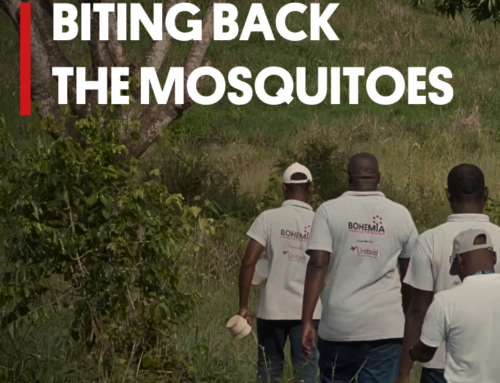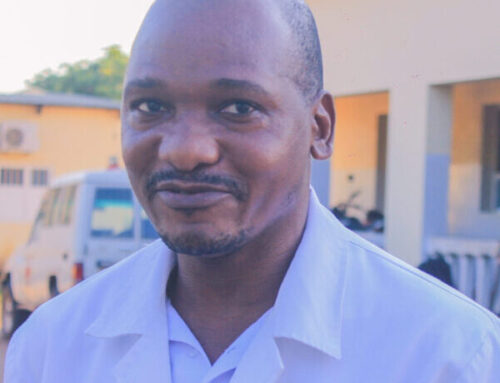We interviewed Francisco Saúte, BOHEMIA country PI for Mozambique, who gave us his view on the BOHEMIA project.
Francisco Saúte is scientific director and program director for the Malaria Elimination Initiative at the BOHEMIA partner Manhiça Health Research Center (CISM). Before joining CISM, he worked as resident advisor for the US President’s Malaria Initiative in Angola and Rwanda. Previously, Saúte served as director of the Mozambican National Malaria Control Program and as head of the Communicable Disease Division, and helped coordinate the National HIV/AIDS Surveillance System at the Ministry of Health in Mozambique.
As a child, what did you want to be when you grew up? Did you already want to be a scientist?
I wanted to be everything pretty much! From Engineer, Lawyer to a Doctor…
What person or situation inspired you to work in malaria?
This came naturally around my fourth year as a training fellow in epidemiology, at the Manhica Health Research Center, as I started working towards my PhD. At that time, I started reading lots of scientific papers and got to know and interact with some of the world’s most renowned malariologists, most of whom, were introduced to me by my PhD supervisor, Prof Pedro Alonso. So, it’s fair to state that Prof. Pedro Alonso, not only introduced me to the world of malaria research but also inspired me to remain and expand my horizons in this field.
What do you think is needed to advance the fight against malaria? How does BOHEMIA fit in?
We need new and disruptive tools against both the vector and the parasite. So, if BOHEMIA is successful, it will partially tackle the vector side of the equation and most likely help enhance the effectiveness of the other vector control interventions applied in combination. Particularly, it could help take care of those vectors that like biting/resting outdoors.
What lessons from other projects you worked in can BOHEMIA benefit from?
The lessons learned from the MALTEM project, a $20-million BMGF&LCF-funded project, which aimed at assessing the feasibility of malaria elimination in a rural community with low to moderate malaria transmission, through the deployment of a package of interventions. These included district-wide vector control, through IRS and LLINs, and four consecutive rounds of mass drug administration against malaria. The challenges that we had to overcome to implement such a colossal project have a lot of parallels with BOHEMIA. Indeed, MALTEM entailed starting a whole new project from the scratch. This meant everything from setting up an office, putting together a team, gathering baseline information (demographic, epidemiologic, socio-anthropologic, etc.), playing high level advocacy at central, provincial, district and community levels; managing expectations from all sides; let alone, the actual deployment and evaluation of the interventions.
When you think of BOHEMIA, what three words come into your mind?
Do you mean BOHEMIA as a word, with its vernacular meaning or do you mean it as this specific project? If the former, I’d think of audacity, craziness and adventure. If the latter, I’d think of determination, resilience and innovation.
Do you think your country will see malaria elimination within your lifetime?
Not really, unless something truly revolutionary comes through in the realm of malaria control. For example, if the SERCaP concept materializes, in combination with a deployable and effective gene-drive technology plus an effective vaccine. Otherwise, we’d need to continue simply mending the situation while hoping for the day when the socio-economic disparities start easing and gradually take care of most of the poverty-related diseases.

Francisco Saúte – CISM






